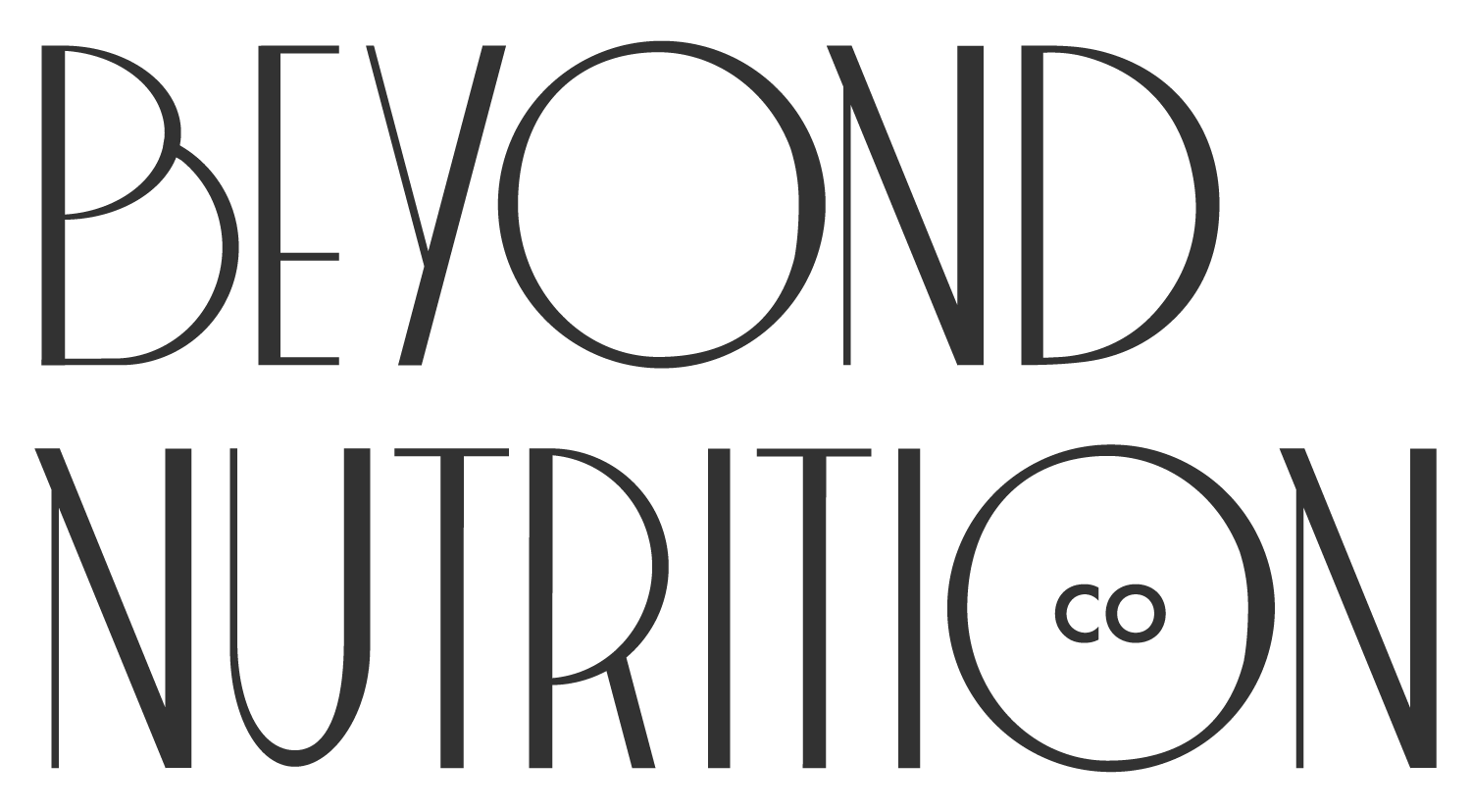Progesterone: A Necessity for a Healthy Pregnancy
Edited and revised by Emily Cafarella: Click here to read her bio and learn more about her!
Written by Sarah Laswell: Sarah is currently working on her M.S. in Nutrition Sciences at the University of Alabama at Birmingham. She hopes to start practicum in the fall and become a Registered Dietitian by the end of 2025. Once she graduates, she would love to help women optimize their hormones and live their best life through exercise and nutrition. Sarah’s favorite things to do are workout, hike, cook, and take care of her baby.
Are you trying to conceive? Feeling bogged down with uncomfortable symptoms? Struggling to get pregnant?
Creating more progesterone might be the key to your success! We’ll share some tips and tricks to help you out, but for now- let’s start at the beginning.
What does progesterone do?
Your menstrual cycle does so many things to help you, especially creating progesterone. Your menstrual cycle has four phases: menstruation, follicular phase, ovulation, and luteal phase. During the follicular phase, eggs are created inside your ovarian follicles. The largest follicle holds the mature egg and that is the egg that is released during ovulation. Every time you ovulate, the leftover ovarian follicle turns into your corpus luteum. Whether or not you become pregnant, your corpus luteum produces progesterone. The increase in progesterone helps thicken your uterine lining and makes your uterus able to support a pregnancy if the egg is fertilized (4).
If you do not become pregnant, the corpus luteum begins to deteriorate, the uterine lining starts to shed, progesterone levels drop, and you start your menstrual cycle over again. If you do become pregnant, then your corpus luteum will continue to make progesterone until your uterus takes over that job in the second trimester (2, 4).
Why is progesterone so important?
Progesterone does A LOT of things for us, like: (1, 2)
Improves overall mood
Helps your thyroid
Regulates menstruation
Builds muscle
Calms you down
Reduces inflammation
Protects your body against heart disease
It also helps maintain a pregnancy once the egg is fertilized. Having a thick uterine lining allows the fertilized egg to attach to it and grow into a fetus. We want to help you keep your progesterone levels in optimal range so you can get pregnant and not be at risk for preterm labor, ectopic pregnancy, or miscarriage (2). If you’ve struggled with getting pregnant or maintaining the pregnancy, low progesterone could be the culprit. On the bright side, we can help fix this!
Do I have low progesterone?
Some signs you may not be producing enough progesterone could be (1,2,3)
Shortened menstrual cycle (less than 21 days)
Irregular menstrual cycles
Heavy bleeding during menstruation
Menstrual clotting
Having cervical mucus after ovulation
Low body temperature during the luteal phase
PMS
Low sex drive
Weight gain
Headaches
Anxiety/depression
Difficulty sleeping
I know what you’re thinking… “I may have low progesterone, but now what?”
The Progesterone Repair Plan
Here are some of the recommendations we like to start with to help increase progesterone production:
Get lab work. Getting labs done can help speed up and take the guess-work out of the process.
Incorporate foods into your diet that can help increase your progesterone levels. You need to give your body enough nutrients and limit inflammation so you are able to ovulate more optimally and produce more progesterone (1).
Magnesium helps make sure your thyroid hormone is functioning properly, which helps make sure you’re producing an optimal amount of progesterone. It also helps our body fight against inflammation.
Sources of magnesium include: seeds, nuts, spinach, black beans, brown rice, and soymilk (5)
Omega-3s are anti-inflammatory fats. Prioritize these in your diet to help reduce inflammation
Sources include: nuts, seeds, tuna, salmon, mackerel, and plant oils (6)
Vitamins B6 is needed for your body to produce progesterone; it also helps with anti-inflammation.
Sources include: chickpeas, tuna, salmon, chicken breast, bananas, and potatoes (8)
Vitamin D helps you ovulate.
Sources include: cod, trout, mushrooms, salmon, eggs, liver, tuna, and milks with vitamin D added to it (fortified milks) (9)
Zinc helps make sure your ovarian follicles are able to grow and eventually release an egg. Along with magnesium and vitamin B6, it helps reduce the inflammation in your body.
Sources include: oysters, beef, pumpkin seeds, turkey breast, shrimp, and lentils (7)
If you feel that you need 1:1 support from the women’s health experts at Beyond Nutrition Co, click here to schedule a FREE consultation today to work on optimizing your cycle and fertility.
Looking for less commitment, but still need support? Check out the Nourished Fertility program!
References
Briden, L. (2017). Period Repair Manual: Natural Treatment for Better Hormones and Better Periods. Greenpeak Publishing.
Cleveland Clinic. (2022). Progesterone. Cleveland Clinic. https://my.clevelandclinic.org/health/body/24562-progesterone
Cleveland Clinic. (2023). Low Progesterone. Cleveland Clinic. https://my.clevelandclinic.org/health/diseases/24613-low-progesterone
Cleveland Clinic. (2024). Corpus Luteum. Cleveland Clinic. https://my.clevelandclinic.org/health/body/21849-corpus-luteum
National Supplements of Health. (2022). Magnesium. National Institutes of Health Office of Dietary Supplements. https://ods.od.nih.gov/factsheets/Magnesium-HealthProfessional/
National Institutes of Health. (2022). Omega-3 Fatty Acids. National Institutes of Health Office of Dietary Supplements. https://ods.od.nih.gov/factsheets/Omega3FattyAcids-Consumer/
National Supplements of Health. (2022). Zinc. National Institutes of Health Office of Dietary Supplements. https://ods.od.nih.gov/factsheets/Zinc-HealthProfessional/
National Institutes of Health. (2023). Vitamin B6. National Institutes of Health Office of Dietary Supplements. https://ods.od.nih.gov/factsheets/VitaminB6-HealthProfessional/
National Institutes of Health. (2023). Vitamin D. National Institutes of Health Office of Dietary Supplements. https://ods.od.nih.gov/factsheets/VitaminD-HealthProfessional/






